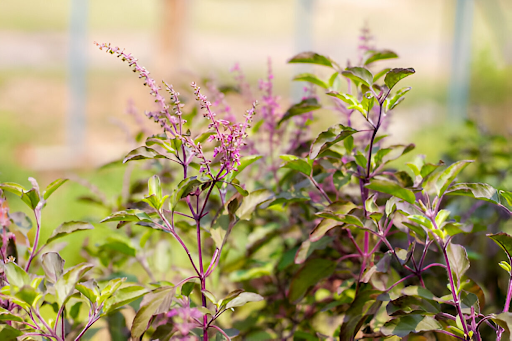Tips To Choose The Purr-fect Japanese Cat Rice Bowl

As feline enthusiasts seek to bring a touch of Japanese charm to their pet’s dining experience, the choice of the right cat rice bowl becomes a delightful pursuit. Japanese cat rice bowls not only elevate your cat’s mealtime but also add a dash of cuteness to your home. Here are some tips to ensure you find the purr-fect Japanese cat rice bowl for your furry friend.
1. Material Matters:
When selecting a Japanese cat rice bowl, consider the material. Ceramic bowls are a popular choice, known for their durability and ease of cleaning. They also retain heat, ensuring your cat’s food stays warm. Additionally, ceramic bowls often feature intricate designs that capture the essence of Japanese aesthetics.
2. Size Considerations:
Cats come in various sizes, and so should their bowls. Opt for a size that suits your cat’s eating habits, whether it’s a wide, shallow bowl for grazers or a deeper one for heartier appetites. When choosing the perfect Japanese cat rice bowl, prioritize made in Japan bowls for a blend of quality craftsmanship and cultural flair that stands the test of time.
3. Design and Aesthetics:
Japanese cat rice bowls are celebrated for their whimsical designs. Choose a bowl that not only complements your home decor but also brings joy to your cat’s dining experience. Look for bowls adorned with charming cat motifs or traditional Japanese patterns that add an extra layer of cultural flair.
4. Ease of Cleaning:
Practicality is key when it comes to maintaining your cat’s dining area. Opt for bowls that are dishwasher-safe or easy to hand wash. Smooth, glazed surfaces not only make cleaning a breeze but also prevent bacteria from lingering in tiny crevices. If you’re considering small Japanese bowls, ensure they meet these practical criteria for a convenient and hygienic dining experience.
5. Stability and Anti-Skid Features:
Cats can be enthusiastic eaters, and a bowl that skids across the floor can be a source of frustration for both you and your pet. Choose bowls with a non-slip base or additional anti-skid features to ensure stability during mealtime.
6. Food and Water Separation:
Some Japanese cat rice bowls come with separate compartments for food and water. This not only prevents spillage but also allows you to monitor your cat’s food and water intake more effectively.
7. Consider Your Cat’s Age and Health:
Older cats or those with certain health conditions may benefit from elevated bowls that reduce strain on their necks and joints. Additionally, some bowls are designed to slow down eating, which can be beneficial for cats prone to overeating.
8. Temperature Control:
If you serve warm or freshly cooked meals to your cat, consider bowls that can withstand temperature variations. Heat-resistant ceramics are an excellent choice to ensure your cat’s food remains at an optimal temperature.
9. Customization and Personalization:
Elevate your cat’s dining experience by opting for personalized or customizable bowls. Some artisans offer the option to add your cat’s name or choose specific colors to match your preferences. When exploring options for customization, don’t overlook the charm of small Japanese rice bowls, which not only allow for personal touches but also add a touch of cultural elegance to your cat’s dining area.
10. Budget and Quality Balance:
While there’s a wide range of Japanese cat rice bowls available, finding a balance between quality and budget is crucial. Invest in a bowl that not only meets your cat’s needs but also stands the test of time.
Bottom Line:
Selecting a Japanese cat rice bowl is not just about functionality; it’s a delightful exploration of design, culture, and the joy of pampering your feline friend. By considering materials, size, design, and other practical features, you can make mealtime an aesthetically pleasing and enjoyable experience for both you and your cat.






